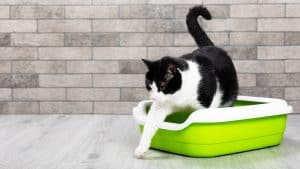Cat owners value the Littermaid Automatic Litter Box for its efficiency and convenience.
The automatic rake mechanism tirelessly works to keep the litter box clean and odor-free for your beloved feline friend, truly a game-changer.
However, even the best technology can face hiccups, and a stuck rake is one of the most common issues.
While this situation can be frustrating, it's not insurmountable.
This guide helps you understand why this happens, diagnoses the root of the problem, and effectively resolves it.
By the end, you'll have the tools to keep your Littermaid Automatic Litter Box running smoothly, ensuring a clean and comfortable environment for your cat.
Why is My Littermaid Rake Stuck
When we say the rake is stuck, it means that the automatic cleaning mechanism is not functioning as it should.
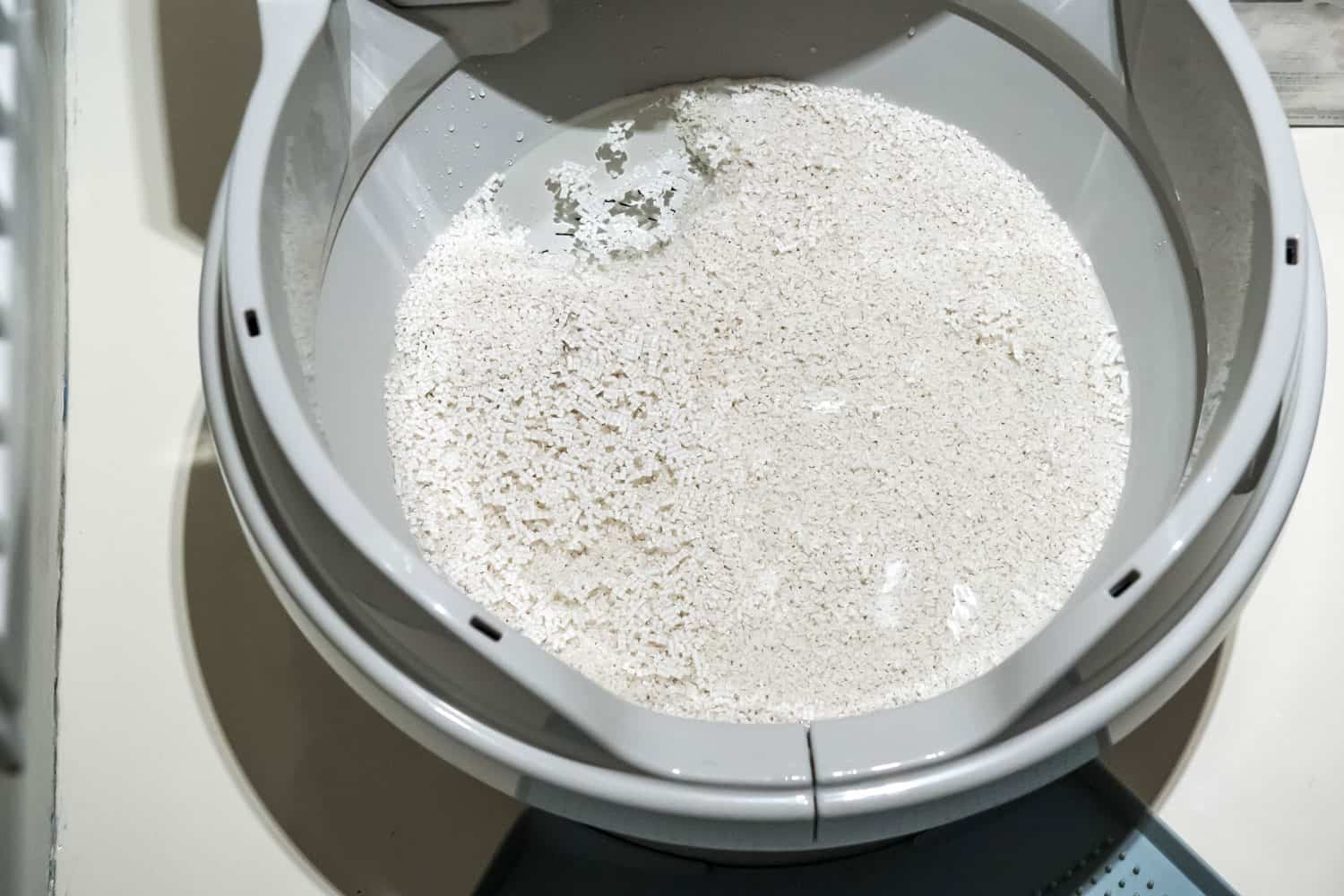
The rake, designed to move across the litter box to scoop out waste, is unable to complete its cycle. This could be due to a variety of reasons:
1. Obstructions
The most common reason for the rake to get stuck is physical obstruction.
This can occur when clumps of waste or litter are too large or too hard for the rake to push. Overfilled litter boxes can also cause the rake to jam.
2. Power Issues
If the Littermaid Automatic Litter Box is not receiving adequate power, the rake may not function properly.
Click here to see this Littermaid automatic litter box on Amazon.
This could be due to a problem with the power outlet, a faulty power cord, or depleted batteries in battery-operated models.
3. Mechanical Malfunctions
Sometimes, the issue may lie within the device's internal mechanics.
The motor that powers the rake could be faulty, or there could be an issue with the gears that drive the rake's movement.
4. Sensor Issues
The Littermaid Automatic Litter Box uses sensors to detect when your cat has used the box and when it's time to run the cleaning cycle.
If these sensors are dirty or malfunctioning, they may not trigger the rake to move.
5. Improper Type or Amount of Litter
The Littermaid Automatic Litter Box is designed to work with a specific type and amount of litter.
If you're using a different type of litter, or if the box is either underfilled or overfilled, the rake may not be able to function properly.
How to Fix a Stuck Littermaid Rake
If you find your Littermaid rake stuck, here are some steps you can take to diagnose and potentially resolve the problem:
1. Check for Visible Obstructions
Begin by unplugging the device for safety.
Then, wearing gloves, inspect the litter box for any clumps or waste that may be blocking the rake's path.
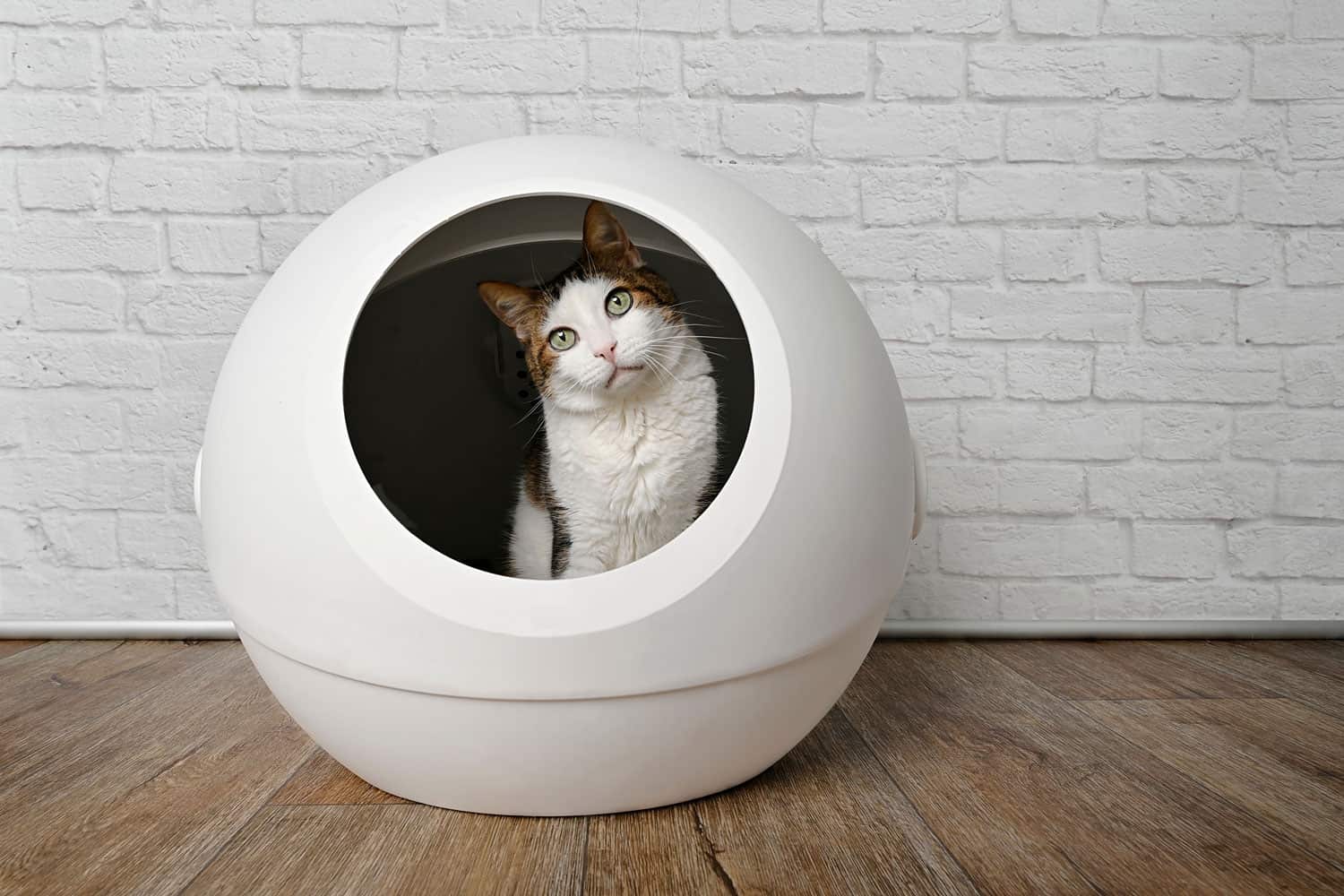
Large or hard clumps can sometimes jam the rake, preventing it from moving.
If you find any obstructions, carefully remove them, then plug the device back in and try running the cleaning cycle again.
2. Check for Power Issues
If there are no visible obstructions, the next step is to check the power supply.
If your Littermaid Automatic Litter Box is plugged into a wall outlet, try plugging something else into the same outlet to ensure it's working.
Or if the box is battery-operated, check if the batteries need replacing.
A weak or inconsistent power supply can prevent the rake from functioning properly.
3. Check for Mechanical Issues
If there are no visible obstructions and the power supply is fine, the problem might be mechanical.
Try resetting the device as per the manufacturer's instructions.
This usually involves unplugging the device, waiting a few minutes, and then plugging it back in.
If the problem persists, you may need to consult a professional.
4. Check the Sensors
If the rake is still not moving, there might be an issue with the sensors. These sensors trigger the cleaning cycle after your cat has used the box.
If they're dirty or blocked, they might not be able to detect when it's time to clean. Try gently cleaning the sensors with a soft, dry cloth.
5. Check the Litter
Finally, check the type and amount of litter in the box.
The Littermaid Automatic Litter Box is designed to work with a specific type and amount of litter.
If you're using a different type, or if the box is underfilled or overfilled, it could cause the rake to get stuck.
Try adjusting the litter to the recommended type and level, then run the cleaning cycle again.
Remember, always refer to your user manual for specific instructions and safety guidelines when troubleshooting your device.
How to Prevent Your Littermaid Rake from Getting Stuck
To prevent the rake from getting stuck in the future, consider the following tips:
1. Regular Cleaning and Maintenance
Regularly clean the litter box and rake to prevent buildup that could cause obstructions.
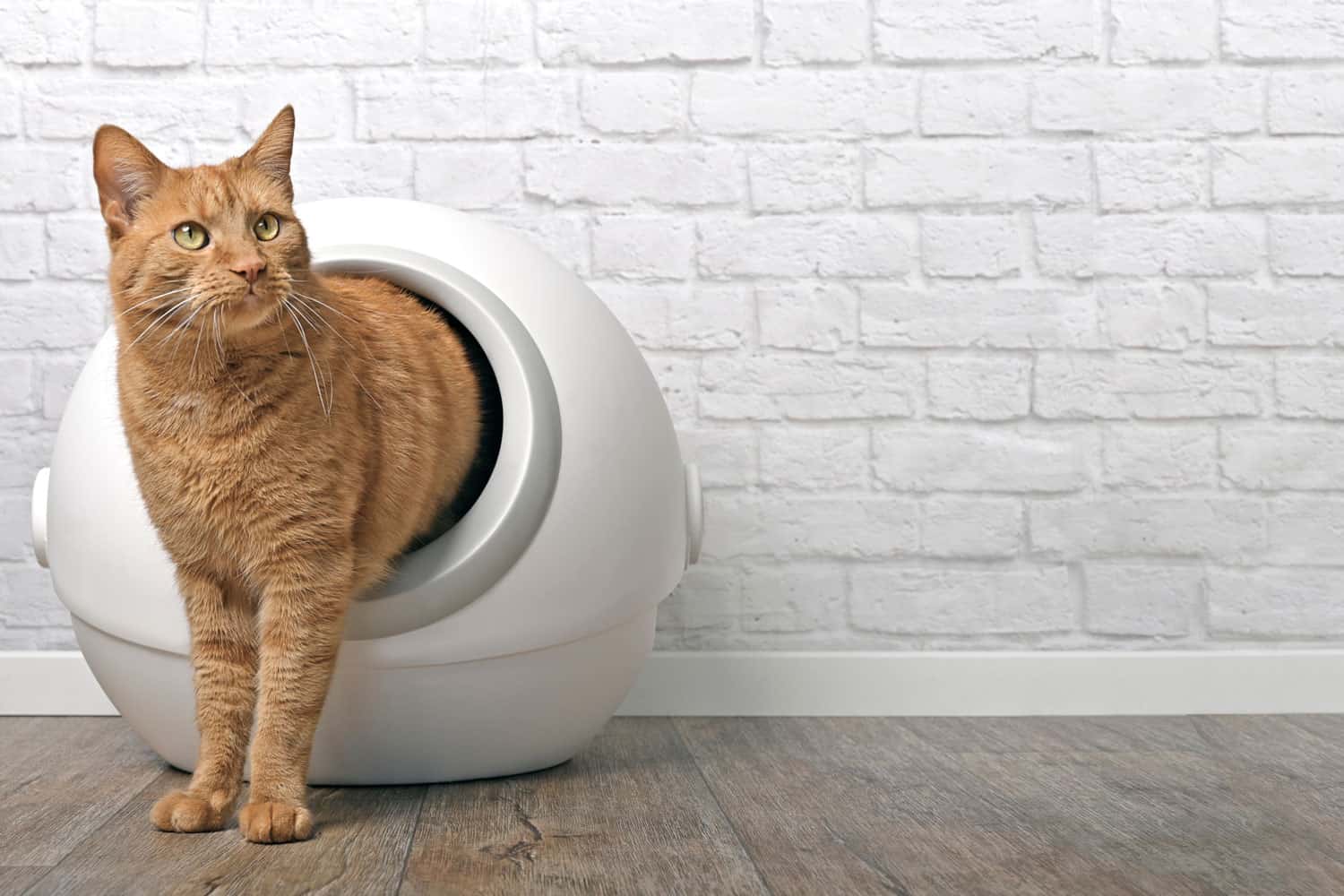
This involves removing the waste compartment and cleaning it out, as well as wiping down the rake with a damp cloth to remove any stuck-on litter or waste.
It's also a good idea to occasionally clean the entire box with a mild detergent to keep it fresh and prevent any lingering odors.
2. Proper Use of Litter
Use only the recommended type and amount of litter. The Littermaid Automatic Litter Box is designed to work best with premium clumping cat litter.
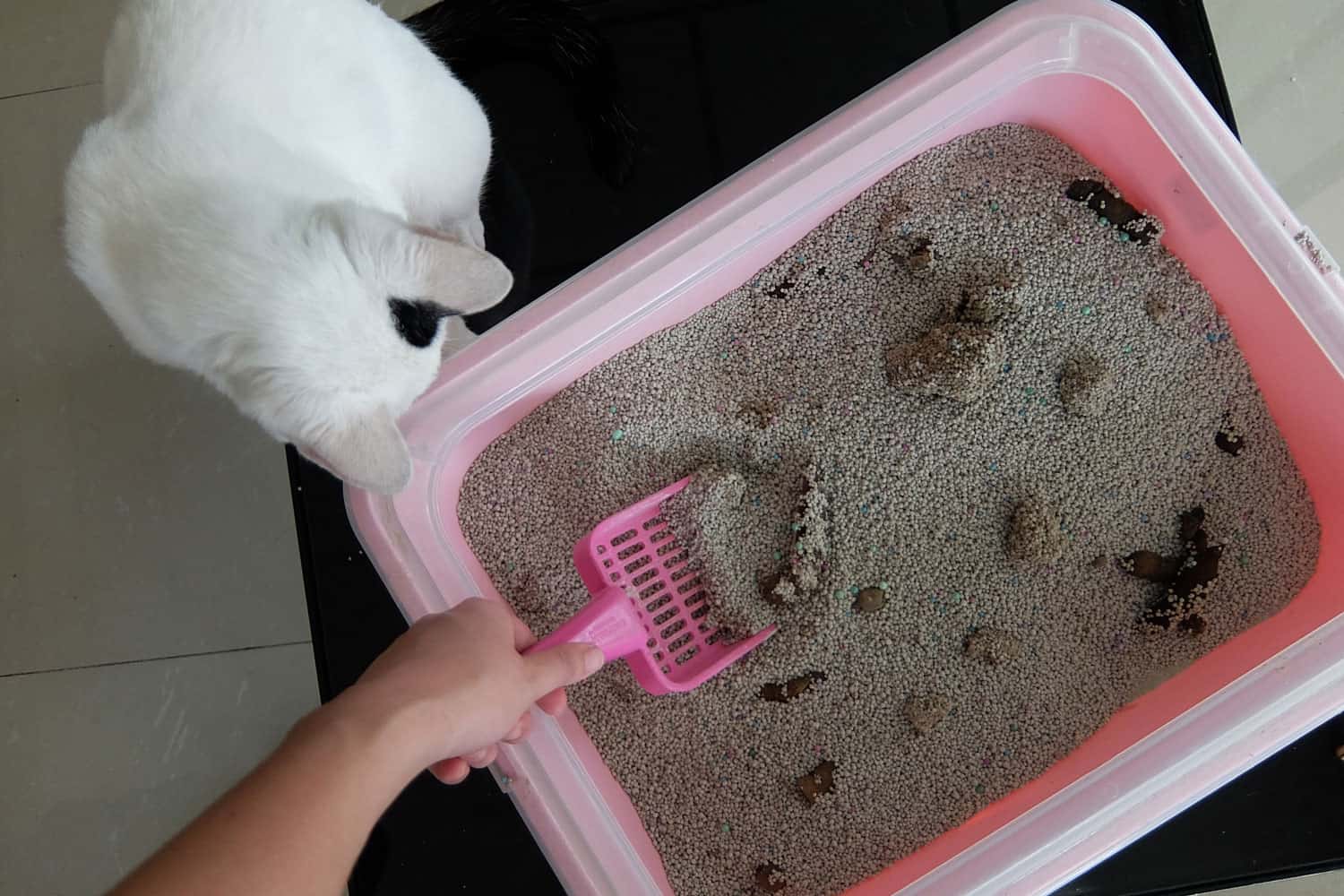
Non-clumping litter, crystal litter, or natural litter may not work as well and could cause the rake to jam.
Also, ensure that you're not overfilling or underfilling the box.
There should be enough litter for your cat to comfortably use, but not so much that it interferes with the rake's movement.
3. Avoid Overloading the Litter Box
If you have multiple cats, you may need to clean the box more frequently to prevent overloading.
The Littermaid Automatic Litter Box is designed to handle a certain amount of waste, and if it's overloaded, the rake may not be able to function properly.
Consider cleaning the waste compartment more frequently if you have more than one cat, or consider getting an additional litter box.
When to Seek Professional Help
Sometimes, despite our best efforts, DIY troubleshooting just doesn't cut it.
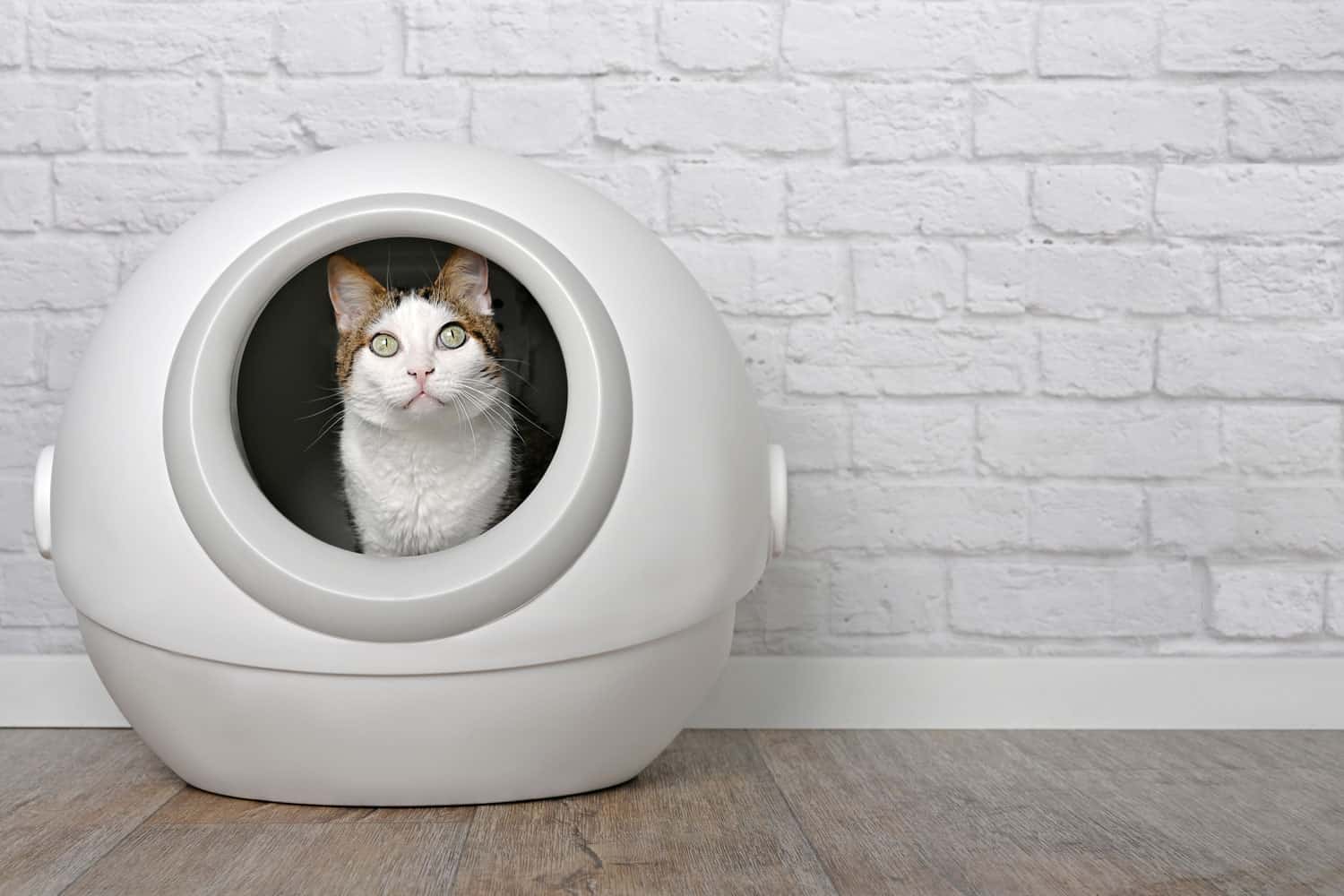
If your Littermaid Automatic Litter Box continues to experience issues or shows signs of damage, it might be time to call in the professionals.
Here are some situations where you might need to seek professional help:
1. Persistent Issues
If you've tried all the troubleshooting steps and your rake is still stuck, it may be time to seek professional help.
Persistent issues can indicate a deeper problem that requires expert attention.
2. Visible Damage
When Your Littermaid Box Shows Signs of Wear Visible damage to the device, such as cracks, frayed wires, or broken parts, is a clear sign that professional repair or replacement might be needed.
3. Power Problems
When Your Littermaid Box-Won't Turn On If the device is not powering on at all, despite having a working power supply or fresh batteries, it's time to consult a professional.
4. Contacting Littermaid Customer Service
You can contact Littermaid's customer service or professional repair service for assistance.
Keep in mind that there may be costs associated with repairs or replacement parts.
Always weigh the cost of repairs against the cost of a new device to make the most economical decision.
Ensuring a Smooth-Running Littermaid Box: Final Thoughts
Your cat needs a functioning automatic litter box to maintain a clean and healthy environment.
By regularly maintaining and properly using the box, you can prevent many common issues, including a stuck rake.
Don't panic if you encounter this problem. A little troubleshooting can likely get your Littermaid Automatic Litter Box working again.
Always remember, to seek professional help if you're in doubt.
Check out more articles below.


